The age-old adage “there’s no replacement for displacement” has been the standpoint of many muscle car
enthusiasts since the start of muscle cars. The massive
v8 history of the muscle car and pony car has
been the heartbeat of the American automotive world for decades and for many it still stands true in the
face of downsizing, high fuel economy, and the move towards electric vehicles. Muscle cars like the
Mustang still hold on to the history of Muscle cars with their 5.0-liter engine and even larger
supercharged 5.2-liter engine in huge numbers. However, what if 5.2 liters is not enough? Not even the 5.8 liters from the previous GT500 is enough for
some enthusiasts, but Ford outdid every attempt from other brands back in the mid-1990s. With the
absolutely insane Mustang Boss 10.0L concept screaming to the tune of 850 horsepower, Ford not only
pushed the envelope, but they threw it right out the window. The nearly 10-liter engine was a perfect
example of the adage to the highest degree, making itself one of the largest motors ever fitted to any
semi-modern
car at all.
Exterior
Interior
Engine
Successor
From the outside, the Boss 10.0-Liter looked surprisingly similar to the other SN95 Mustangs
at the time.
With similar paintwork to the BOSS Shinoda Mustang with the same decal styling. The car wore a large
cowl hood to allow for more space for the engine as well as for heat extraction, rode on Cobra wheels,
and the Cobra rear wing for a combination that looks like a drag car built with the sole intention of
going fast. Apart from those upgrades, the car looked relatively stock and almost production-ready to be
picked up at dealerships. In fact, other than the massive hood, there is little to differentiate the Boss 10.0-Liter from any other
BOSS Shinoda or even the Cobra, showing exactly how doable this car would have been to develop. Selling,
however, would be a much more difficult task since it would require finding someone who could afford the
maintenance on an engine of that size as well as the fuel for it. As engines reach that size, other
parts need maintenance to hold up to its power and to handle the torque as well. On the inside, the car was mostly the same as other Mustangs of the era with only a handful of
differences. This car was developed almost entirely for drag racing use, so the interior seats were
replaced with better-bolstered bucket seats and the manual transmission was replaced with a three-speed
C6
transmission to control the power going to the rear wheels. The interior, similar to modern
drag-built cars, had fan vents and for the most part, looked like it could have been sold as a package
on some vehicles when ordered. The Boss 10.0L is a near factory interior designed for one thing: drag racing. The interior has no frills
or extra pieces in order to make it as direct a car as possible. With a massive engine like this, any
distractions would be incredibly dangerous. Similar to other drag-based cars, the Boss 10.0L was
designed for one purpose and nothing else: as a factory drag racer’s dream. Even without ever going into
production, the Boss 10.0L was still designed to be fully a usable vehicle to drive to the strip since
it was mainly a Cobra underneath. For a vehicle like the Boss 10.0L, the most important aspect is the motor. This car used a newer version
of Ford’s 429 cubic inch block which was bored
out to 598 cubic inches, paired with NASCAR headers,
custom intake manifold, 72lb/hour injectors, and more. This was the first car since the BOSS 429 in the
late 1960s to wear the BOSS moniker, and it did so much more than that. Designed to compete against the
new ZL1 Camaro concept that pushed 770
horsepower from its 527 cubic inch engine, the Boss 10.0L was
created entirely just to beat that one car, even when neither went into production. The engine came in as a 9.9-liter engine that had to be paired to a 9-inch rear axle in order to not snap
it in half. Even then, the engine faced an issue at the strip. Once repaired, the Boss 10.0L ran a
10.55-second pass at the quarter-mile with a speed of 135 miles per hour. This blew away the Camaro’s
time of 11.01, and the three-speed C6 racing gearbox more than likely played a major role in it as
opposed to the manual 6-speed transmission in the Camaro. With the serious development SVT put into the
Boss 10.0L, it's a shame that the car never was able to show itself against supercars of the time
outside of the 911 Turbo. While Ford may have killed their factory drag racing program in the 1990s with the Boss 10.0L concept,
the want for readily-built drag cars for customers still remained. As people urged brands more and more,
Ford finally agreed with the creation of the Cobra Jet program, named after the iconic Cobra Jet 428 car
from 1968 which packed over 450 horsepower. Starting in 2008 and reaching major attention in 2010, the
Cobra Jet made its return to the Mustang world as a dedicated drag car. Consistently running 10s on the
strip with NHRA-regulated 425 horsepower from a supercharged 5.4-liter V8. Since its return, the factory
race car has stayed available to buyers for an ever-increasing price tag. The newest generation of the Cobra Jet - dubbed Cobra Jet 1400 - is the most powerful production vehicle
from Ford ever and is the first Mustang to be fully electric as well. The all-electric Cobra Jet 1400
also is the fastest Cobra Jet yet, running in the low-8 second range consistently. Although it has not
been confirmed for sale yet, the expected price tag is around $130,000 for the electric beast. While the
electric motor is a major departure from the supercharged V8 engines found in nearly every Cobra Jet
Mustang, there is no doubt that the all-electric model is a serious weapon down the drag strip with its
instant horsepower and torque. Image Credit: Ford Motor Company, Driving Line, Ford
MuscleFord's Forgotten Beast: The Mustang Boss 10.0L
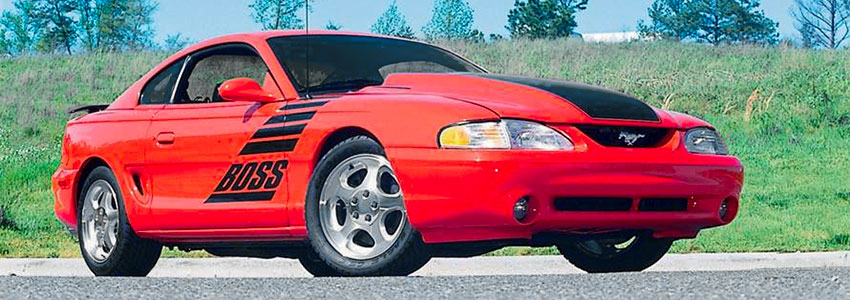
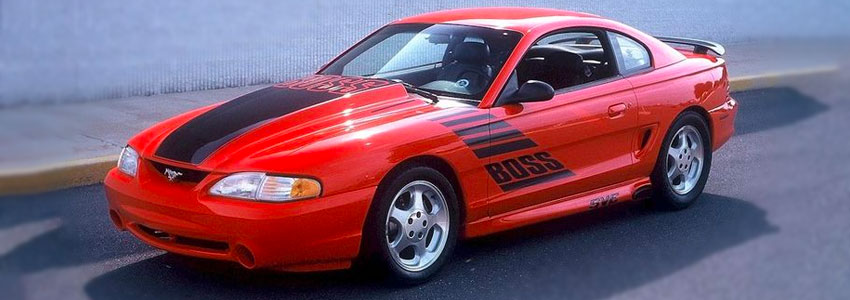
Ford Mustang Boss 10.0L - Exterior
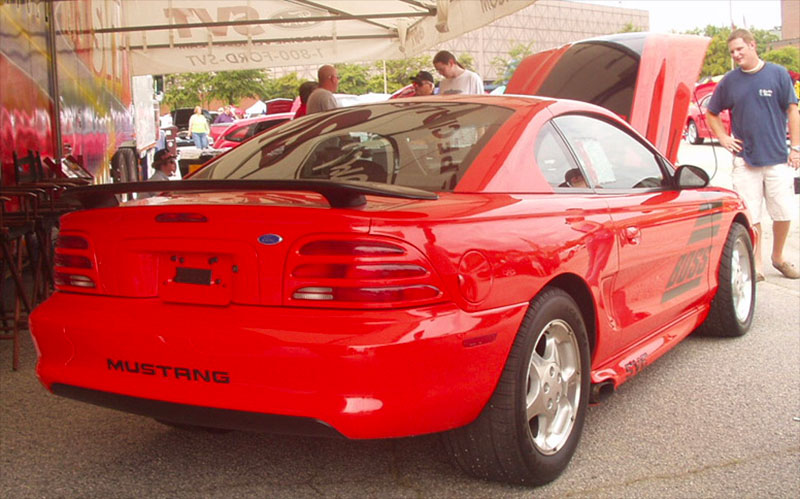
Ford Mustang Boss 10.0L - Interior
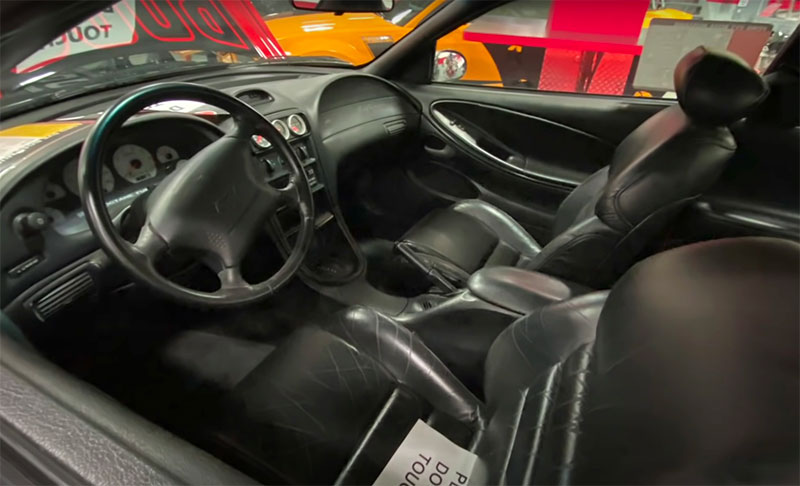
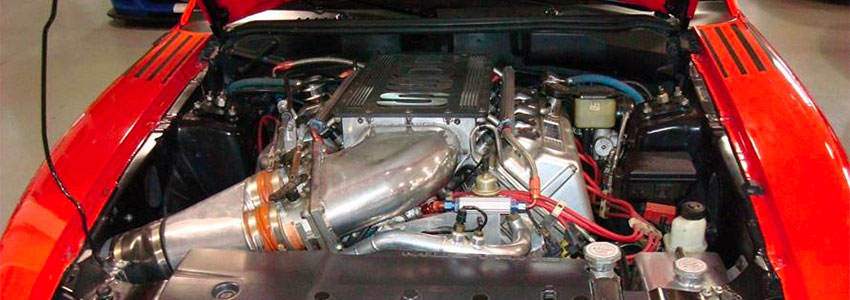
Ford Mustang Boss 10.0L - Engine
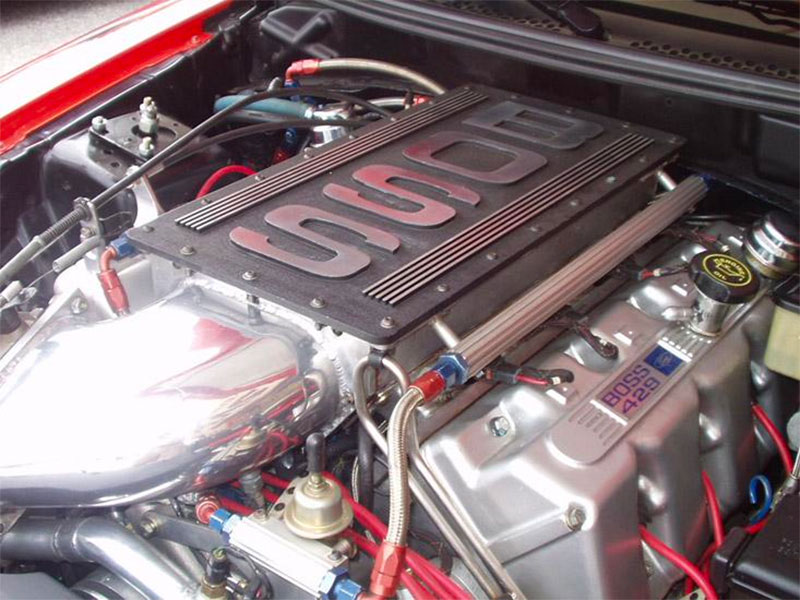
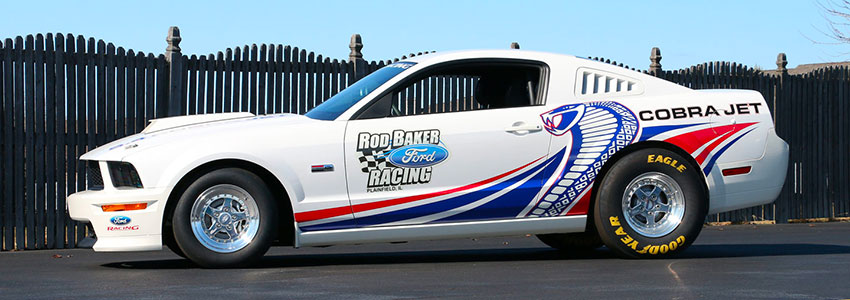
Ford Mustang Boss 10.0L - Successors
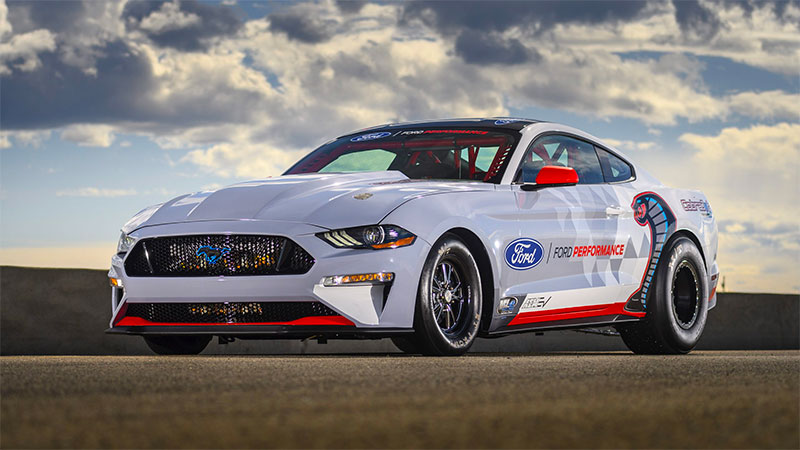
Related Articles




